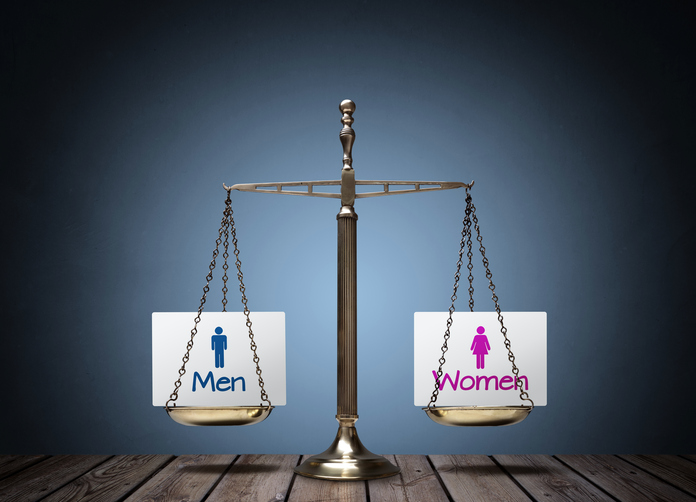Most organizations strive to be gender blind when hiring. The focus is on finding the best talent regardless of gender. However, even the best intentions can go awry, leading to job search gender bias.
 |
A 2014 study from the Proceedings of the National Academy of Science found that when looking just at the paper applications of candidates with the same skill set, both male and female hiring managers were twice as likely to choose male candidates. Even when hiring managers were presented with data that showed the female candidates were just as qualified, males were still 1.5 times as likely to be hired.
While human bias—both conscious and subconscious—plays a part in the hiring process being more difficult for women, it’s also time to look at the system itself. You can change people’s perceptions and attitudes, but there will still be problems if gender inequality remains ingrained in how we hire.
Here are a few ways job search gender bias still exists and what you can do to fix it.
Job Descriptions
When drafting job descriptions, HR professionals and hiring managers never include the phrase “Only men need apply.” However, many seemingly harmless words can carry inherent gendered connotations. These words can affect whether or not female candidates apply for certain positions and what hiring managers look for when assessing applicants.
A recent survey by ZipRecruiter found that 70% of job descriptions contain words that inherently depict the ideal candidate as male. Industries that are traditionally male-dominated are even more likely to exclude female candidates. In the business sector, 94% of job listings are skewed toward men, as are 92% of science, engineering, and tech postings.
Part of the problem here is cultural. Words and phrases like strong, ambitious, and analytical are unfairly associated more often with men. No matter how far we progress toward gender equality, it will take time for those connotations to change.
What can be done now is for employers to actively work to make job descriptions gender-neutral. Be aware of gender-biased words, and swap them out. For instance, instead of describing a candidate as someone with “strong decision-making skills,” say “exceptional evaluation and judgment skills.”
Accepting Employment Gaps
Due to family obligations, women are more likely to take time away from their careers. The 2016 Women In America: Work and Life Well-Lived report from Gallup found that 68% of mothers who don’t work listed taking care of their children as a reason why they left the workforce.
Unfortunately for women, employers aren’t always accepting of employment gaps, even when it’s due to starting a family. The same Gallup report found that for 49% of unemployed mothers, the reason they didn’t have a job was because they’d been out of the game too long.
Stop dismissing candidates simply because they have a gap in their employment. Instead, take the time to determine their actual skill level and their willingness to undergo training. Considering how quickly technology and trends change in most industries, chances are, no matter who you hire, the candidate will have some outdated skills sooner or later.
Tomorrow we’ll hear more from Tolan about the problems of inflexible interview schedules and how they impact female workers.
